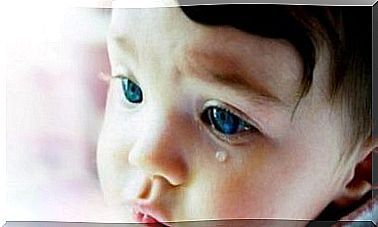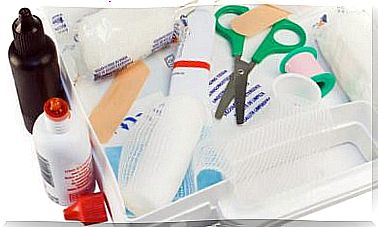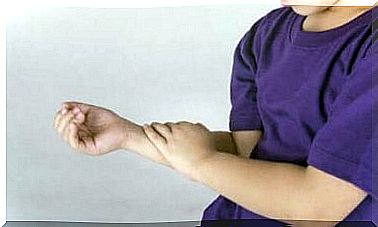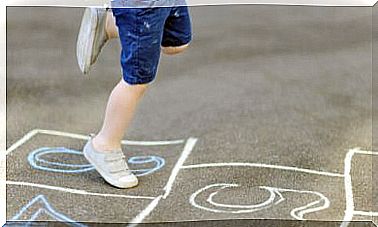Nasal Congestion In Children

Nasal congestion in children is very common, as children are the most helpless in situations of flu or cold. A stuffy nose is a symptom of a very common viral infection such as nasopharyngitis or a cold. If the problem persists, it could be due to an allergy.
During a cold due to a viral infection, nasal obstruction usually starts with congestion, followed by the appearance of clear liquid secretions that can thicken thereafter.
The stronger the infection, the more these secretions can turn yellowish; sometimes even greenish. Its color does not indicate the severity of the infection. If the child’s secretions are thicker, it is recommended to consult a doctor.
What are the causes of nasal congestion in children?
Clogging of the nose is common in children, especially as they still don’t know how to clear nasal secretions by blowing themselves. Usually mild, obstruction can be a concern if it persists for several days. It can be caused by:
1.- Bad nasal hygiene
Poor nasal hygiene is often the cause of obstruction. Children breathe exclusively through their nose, so careful washing is essential to eliminate any impurities that cannot be released on their own.
This daily action helps reduce the risk of infectious diseases such as colds and allergic rhinitis. It also limits young children’s exposure to threats of superinfection.
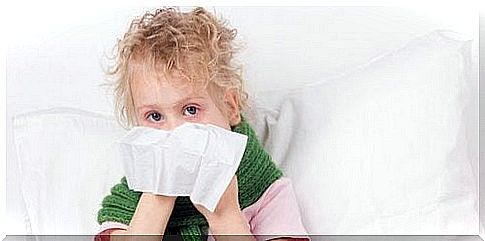
2.- Viral infection
Colds are common in children. Although not dangerous, they cause a nasal obstruction that causes significant respiratory discomfort.
3.- A malformative pathology
There are pathologies that can cause obstruction of the nasal canal. It can be unilateral (the newborn can only breathe on the side that is not blocked) or bilateral (the obstruction is complete).
What are the symptoms of nasal congestion in children?
When it persists, nasal obstruction is a cause for concern for parents. It is a reason for frequent consultation with a pediatrician, doctor or otolaryngologist, in order to ensure the child’s good health.
The unique anatomy of the infantile larynx makes it particularly sensitive to respiratory distress, so you should be very careful. The following signs are symptomatic of a nasal obstruction that requires medical consultation:
- Difficulties in eating.
- Weight loss.
- Lower quality of sleep.
- Breath that causes snoring.
- Oral dryness.
- More frequent crying.
Practical advice to combat nasal congestion
We put at your disposal the following tips that will help you fight nasal congestion in children:
humidify the environment
Dry air can aggravate congestion. The easiest way to moisten the room is to use a vaporizer or humidifier. Both appliances are designed to add moisture to the air.
Aerosols boil water to release steam, while humidifiers produce cold steam.
Moisten the nose with saline solutions
Saline solutions are the number one option to naturally relieve nasal congestion and help with the flow of secretions. They are found in the form of aerosols, drops, sprays or single-dose ampoules.

Prevent dehydration
A good hydration prevents secretions and facilitates their expulsion. You should give your child plenty of water and other liquids such as juice, milk, or soup throughout the day to keep him or her well hydrated.
Elevate the child’s head while sleeping
Finally, we suggest that you elevate the child’s head so that it is taller than your entire body. This can make you breathe easier when sleeping with nasal congestion.
For babies and toddlers, you can put a small towel under your head. The child’s bed can also be tilted so that the child’s head remains high to facilitate breathing. When sleeping, nasal congestion intensifies and breathing becomes more difficult.
In short, nasal congestion in children is often a nuisance. However, it can sometimes cause other difficulties in hearing and speech development. We recommend that you follow the advice above to try to completely cut off your child’s cold and avoid further complications.
